



This page is protected under NDA, please contact me to get the magic word.
You didn't say the magic word

Email me
Sometimes companies find themselves in turmoil, they have a team working on a product and they don't know why. It doesn't feel like it's contributing the companies wider strategy, it isn't generating profits or it just seems to be floating without a rudder.
What a product like this is typically suffering from is a lack of vision. In Simon Sinek's Start With Why people are described to be far more motivated if they feel like they are contributing to a greater cause. An "envisionment" or a "visiontype" are artifacts that contribute to the evangelism of a product strategy.
An envisionment's job is to help people connect a future state of the world with your product in it.
At the end of this exercise, you should have a evangelised audience that will:
Be meaningful when choosing your audience, different stakeholders will help you achieve different goals, however, each have different needs to be served.
Too near the present day and the envisionment will lack innovation and look more like a roadmap. Too far and the abstraction will become so great it will be hard to capture the imagination of your audience.
I typically aim for a window of 3-5 years in order to:
I won't lie, this is my favourite part. I try to sit back and let the team rip. Don't let ideas be limited to features, today's constraints, or anything. Try these workshops:
To generate a broad set of ideas ask the team to ideate individually first and storm together after. For the team, this segment can be engaging and inspiring, most ideas can be accepted into the next stage.
Now it is time to curate a narrative. The narrative is the backbone of making an envisionment an effective tool. People remember a plot, connect with the protagonist and be captivated by the undulations of a good story.
An envisionment is often a Frankenstein of ideas all threaded together using a User Story Map.
If your team has landed on a singular concept that overrides everything else, then brainstorm the narrative around it, otherwise link each idea in a single narrative flow which you will use to tell the story of the product.
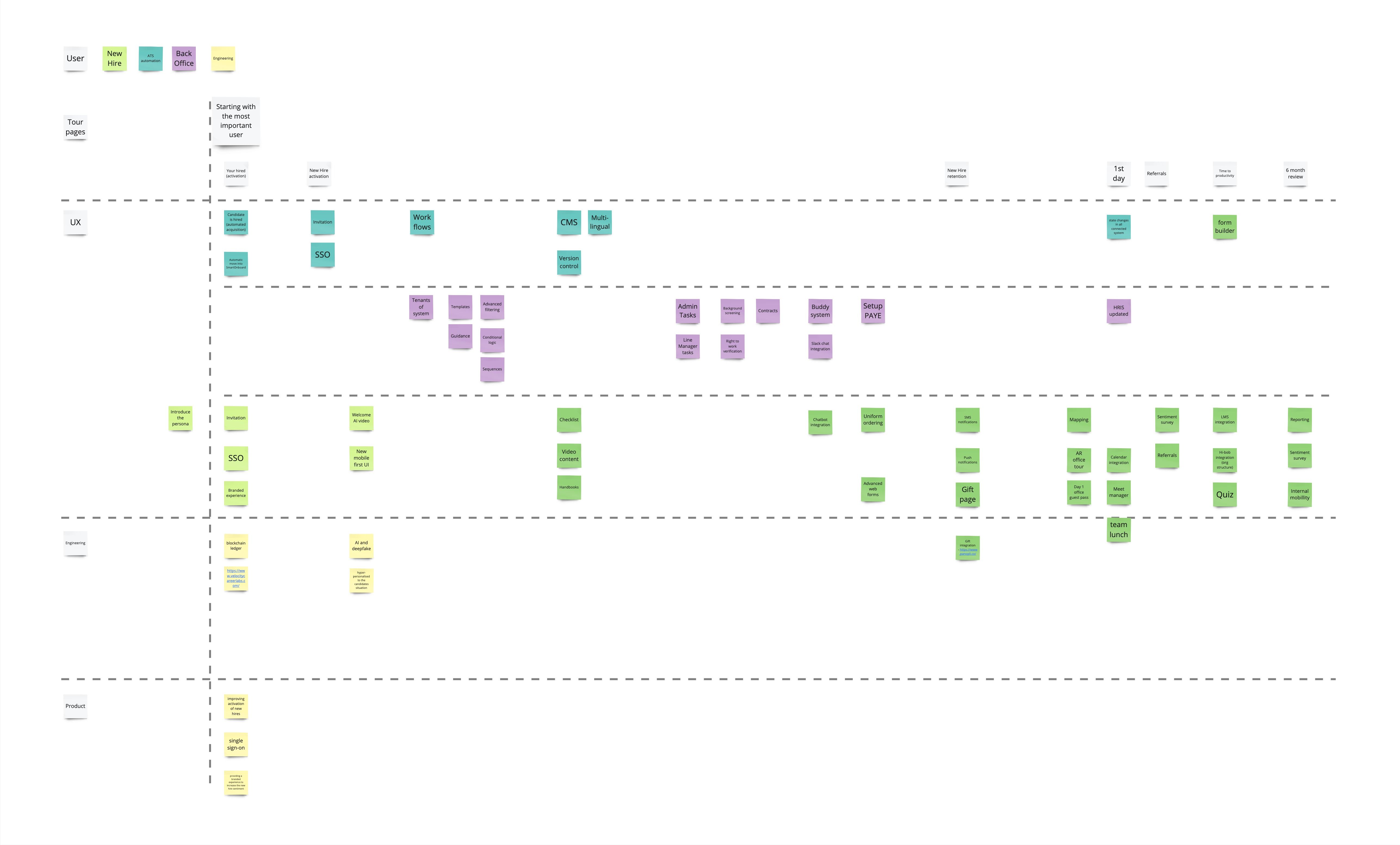
Adapt a typical User Story Map to borrow from Service Blueprints by using the swim lanes to show above-the-line and below-the-line interactions.
The beauty of a User Story Map is the ease of re-ordering elements. When your arranging things some things will have to go before others (think showering before getting dressed) but other things can be negotiated. Use the User Story Map for the basis of those negotiations.
Use the vertical ordering to agree on a priority order. Not everything needs to be shouted about. While the tool doesn't rank order every item, if there are items competing in the same scene of your narrative this can provide a simple representation of their rank.
Don't just dive into your product, set the scene. Include moments leading up to your product. By doing this you'll build your character's backstory and allow your audience to empathise with them.
Keeping in mind your audience choose a medium that is accessible and engaging.
No slide-deck presentations here. Consider these artifacts instead to stand-out:
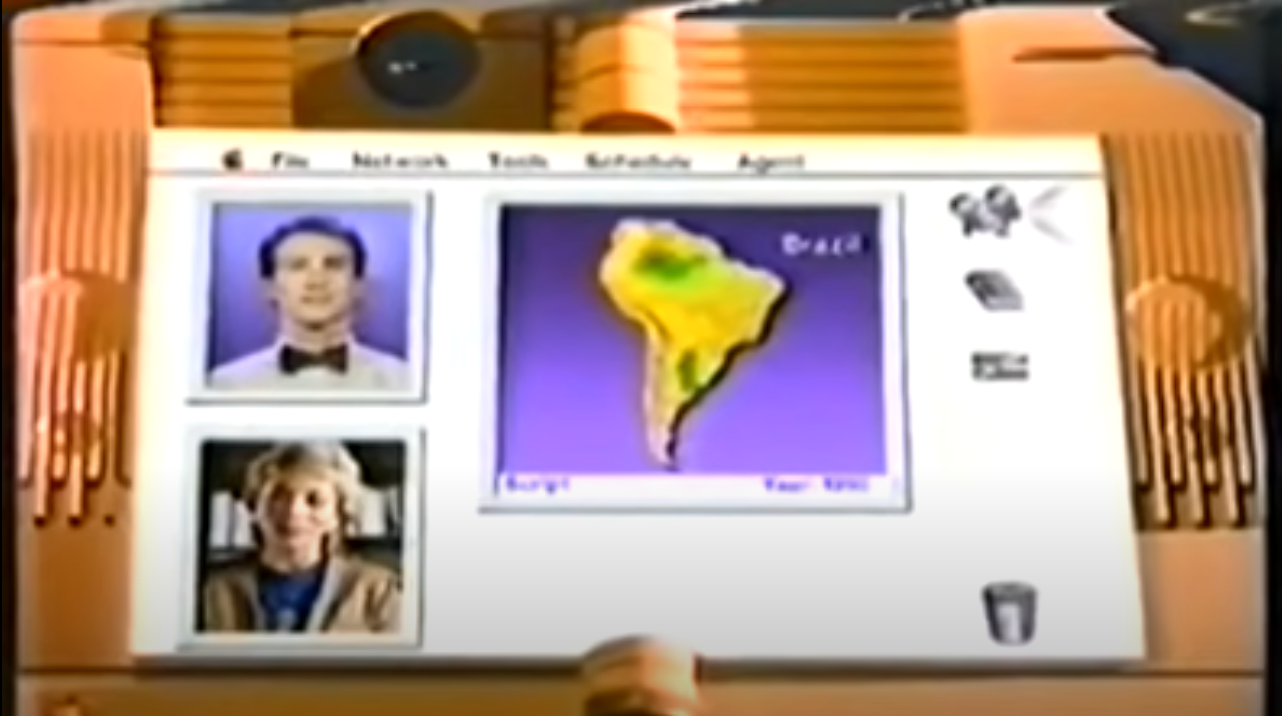
You might say, "woah Ty you're just being silly now". However I would be amiss to point out this entire case study is born out of a Jared Spool lesson where Apple computers did exactly this for the Apple Knowledge Navigator in 1987. You can watch the video of Apple's envisionment on YouTube.
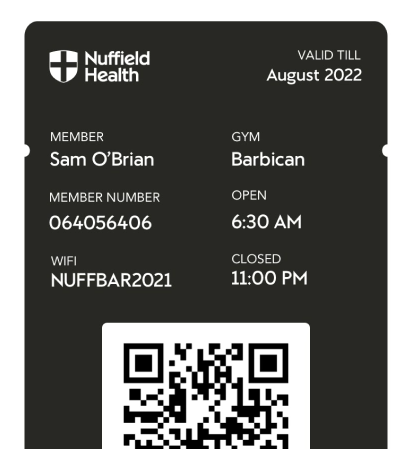
At Nuffield Health we were asked to design and build a clickable prototype that the Director of Product could hand to the executive board and put the future in their hands.
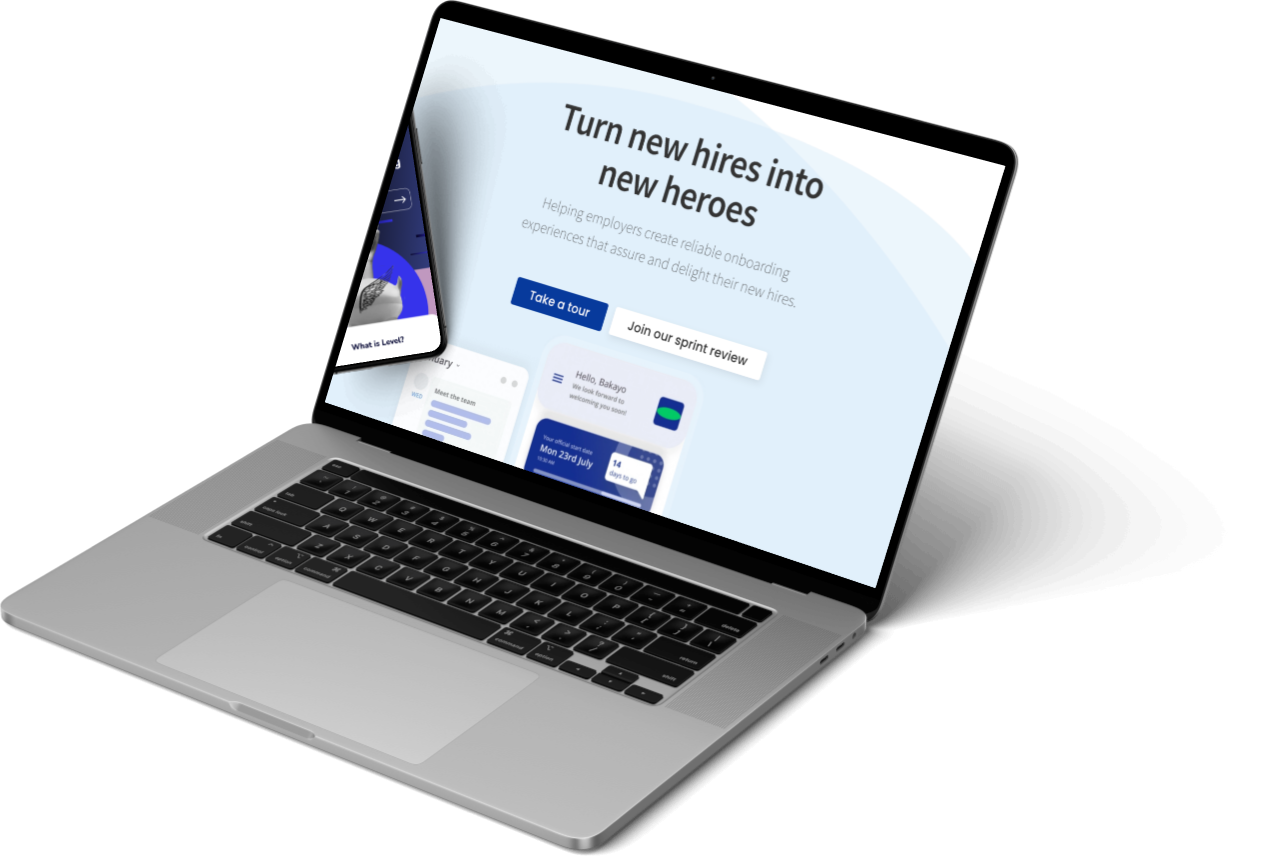
In SmartRecruiters we built microsites modelled on the inspiration from Jigsaw's. Stakeholders were given special access and we could see how the areas they engaged with the most.
Jigsaw would design and produce large coffee table style hardcover books that they would send out to their investors. These books oozed quality and transferred that sentiment to the vision found inside.
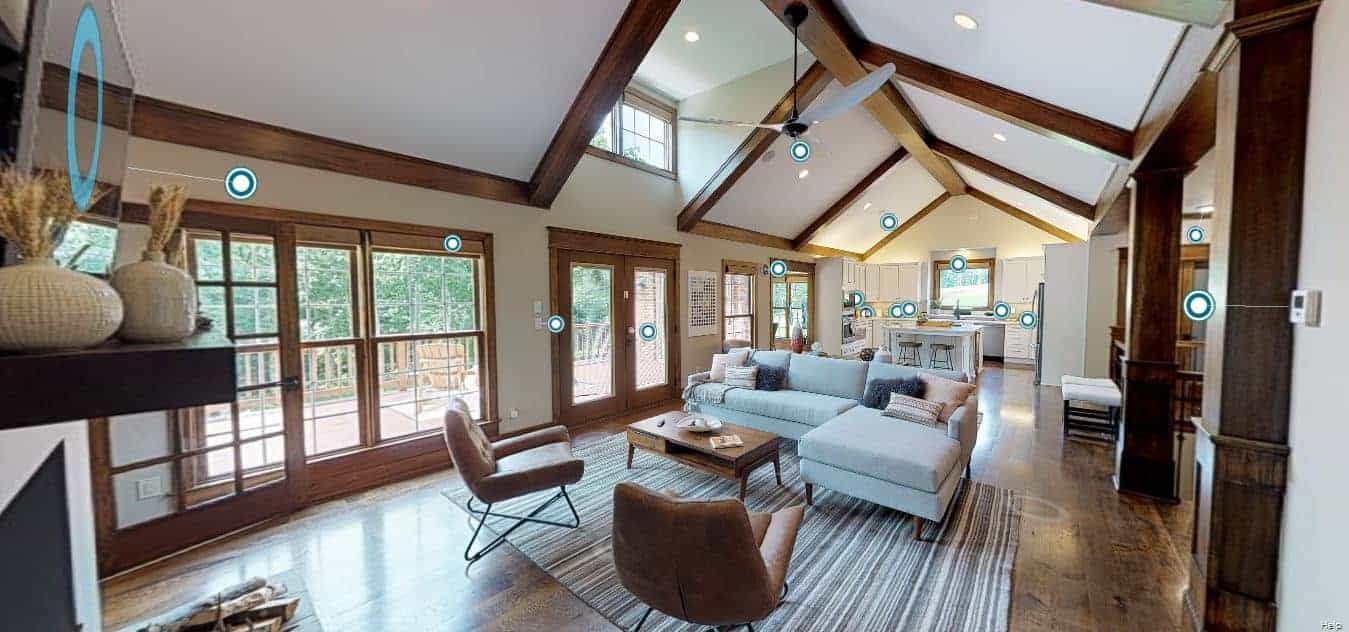
While outside my wheelhouse, experiential spaces are used all the time to depict future states. I first remembered such a space at the Ideal Home Exhibition in the late 90s. I walked through "The home of the future" with automated lights and smart cookers.
It goes without saying that an envisionment that isn't shared with stakeholders is worthless. Make sure you have a plan to distribute the envisionment, to present it, and if applicable get it in the hands of your stakeholder.
From the right shipping address, to prototyping for the right screen size, or planning a roadshow to present your artefact. Do the groundwork to maximise the number of stakeholders you identified seeing it. Each additional person that experiences it increase your ROI and potential to achieve your future state.

Nuffield Health secured additional funding for a team over 12 months to extend the scope of a booking mobile application.
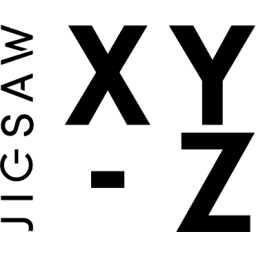
JigSaw won a renewal SOW contract worth over £500,000 with the help of a visiontype showing the potential innovations that could follow.
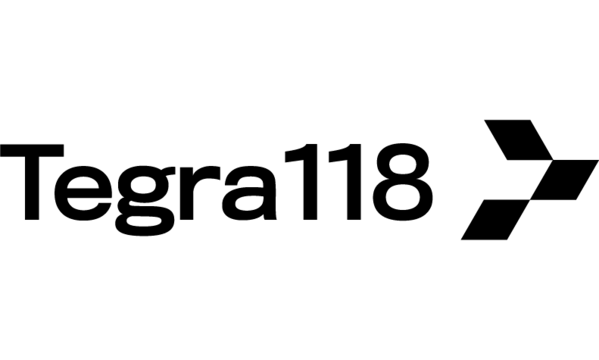
Placated a leadership team putting a product under intense pressure to articulate a strategy at Tegra118

I developed PopMenu's early visiontypes. They were key artefacts used in customers signing statements of intent in the early stage start-up phase. Popmenu's last round of funding closed at $65,000,000 thanks to those first deals that signalled product market fit.